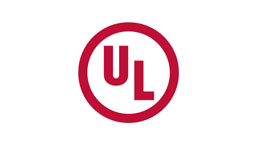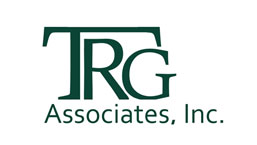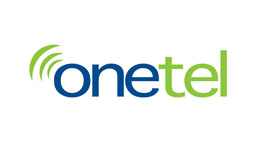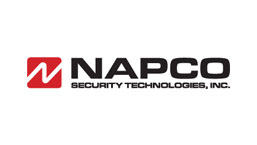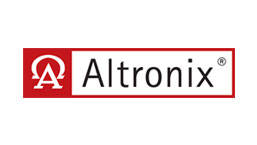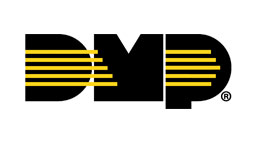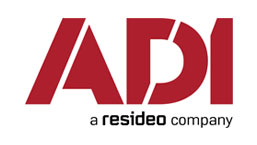Georgia Joins List of States Banning Fines for Alarm Companies When Customers Generate a False Alarm
Atlanta, Georgia (April 1, 2021) – The Georgia General Assembly has approved a bill that would ban counties or municipal corporations from fining alarm companies for false alarms generated by a customer and through no fault of the alarm system’s contractor.
“This bill has wider implications than for just our industry,” said John Loud, Vice President of Electronic Security Association (ESA) and President of LOUD Security Systems. “The concept of fining a company for a problem caused by its customers is the equivalent of sending someone’s speeding ticket to Ford and sets a precedent that could be a threat to many industries.”
“These policies do little to change user behavior, deny the user the right to confront their accuser and access to due process, and fines an innocent party for the actions of another,” said Stan Martin, Executive Director of the Security Industry Alarm Coalition (SIAC).
The introduction of the legislation follows a bitter three-year fight after the City of Sandy Springs passed a punitive ordinance that fined alarm companies. The city’s success in defending the legislation in court caused the legislature to act. Only one other Georgia city, Brookhaven, followed Sandy Springs’ lead.
A number of other states have passed bills similar to the Georgia bill in recent years including California, Florida, New Jersey, Texas, Tennessee and Iowa.
“There has never been any evidence that fining alarm companies was any more effective than the model alarm ordinance that is widely utilized nationally and endorsed by the Georgia Association of Chiefs of Police,” said Martin.
“The model ordinance, which fines alarm users, obtains an average 60% reduction in false dispatches and impacts those causing most of the problems. In fact, 85% of alarm systems generate no calls to the police in any given year.”
Under the law companies are responsible for false alarms they cause due to faulty equipment or installation or failure to use a mandated system requiring two calls to an alarm site before notifying police.
“Common sense prevailed,” said Loud. “Our industry stands ready to work with any community that wishes to reduce unnecessary dispatches with a proven model and experts ready to assist.”
Governor Kemp is expected to sign the bill later this month.
Shared by: David Margulies, PRExperts



